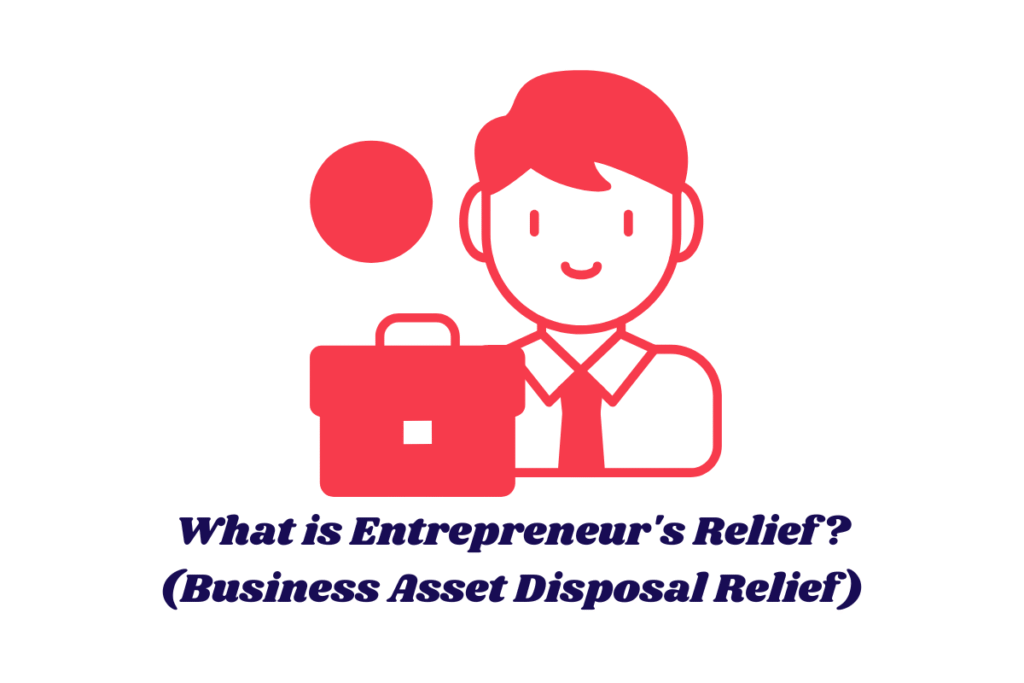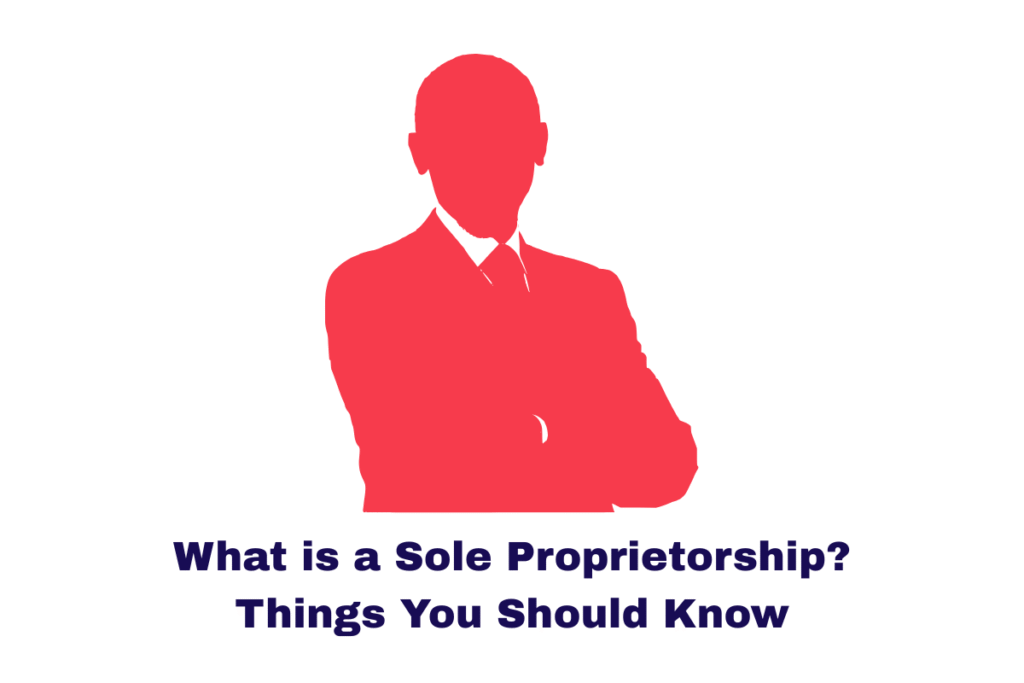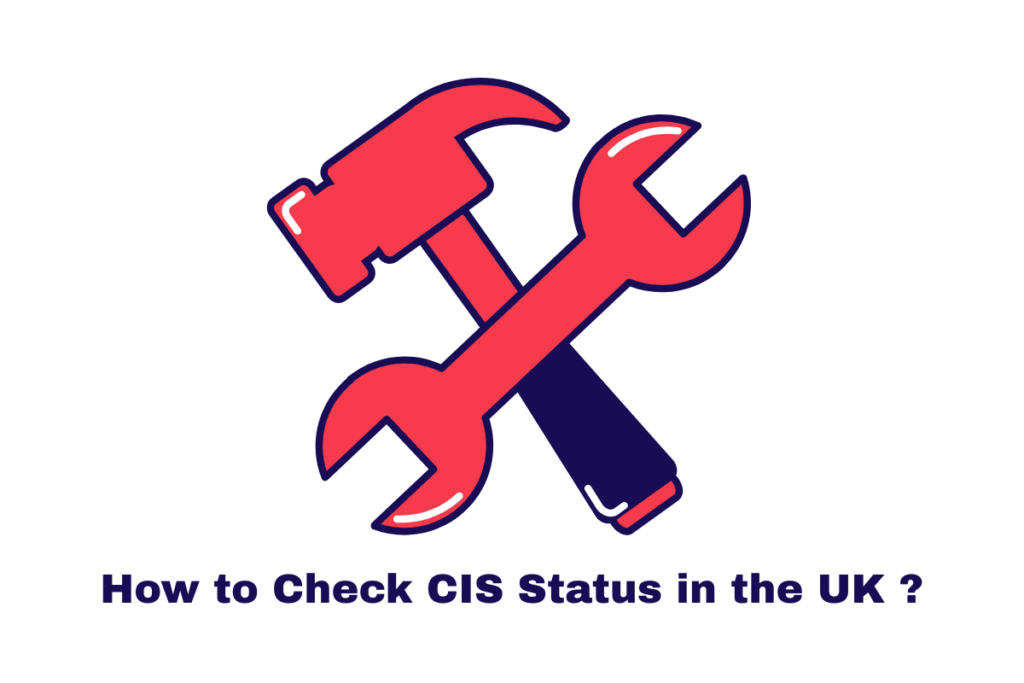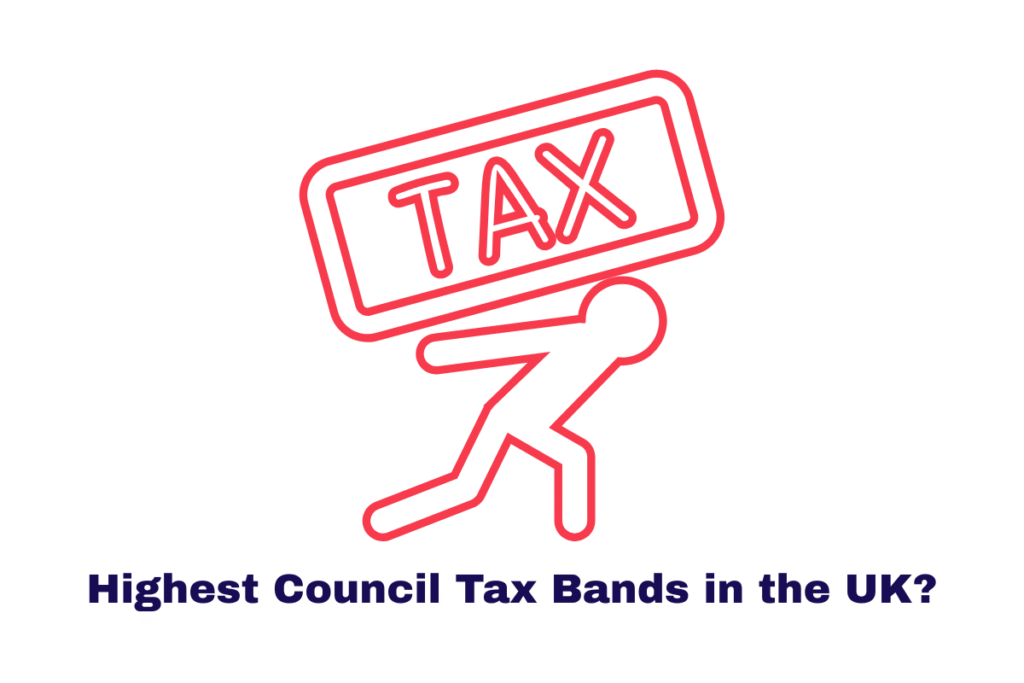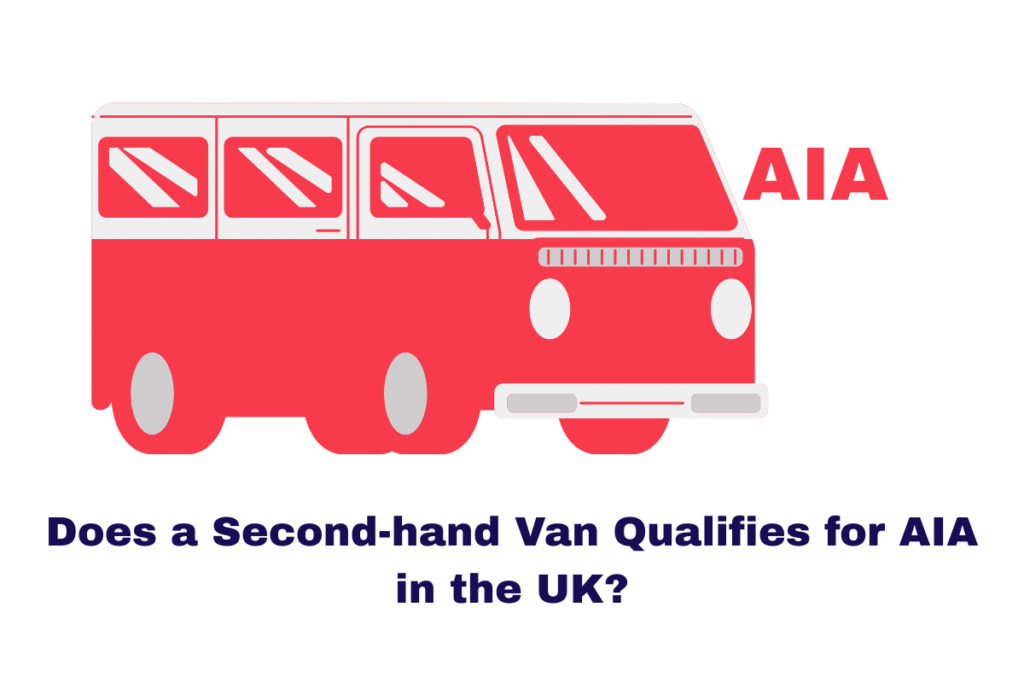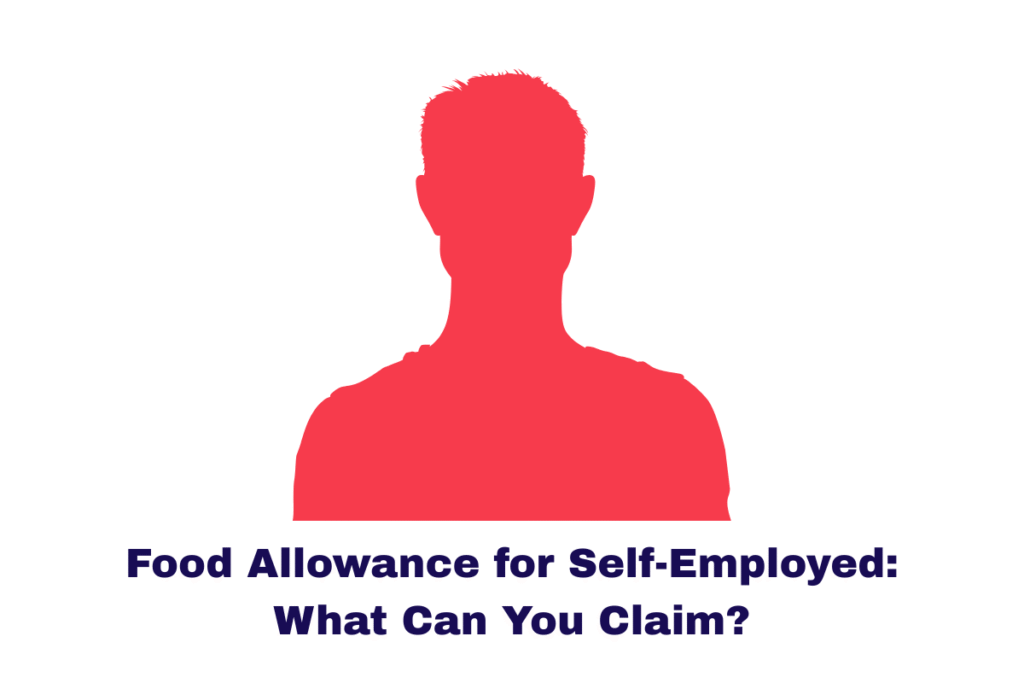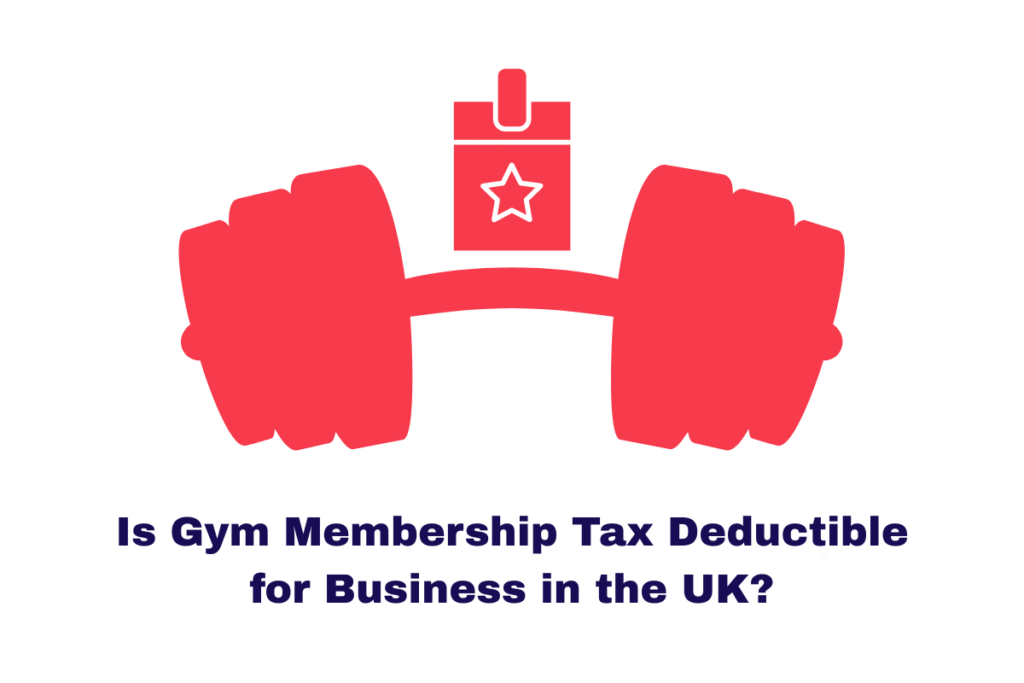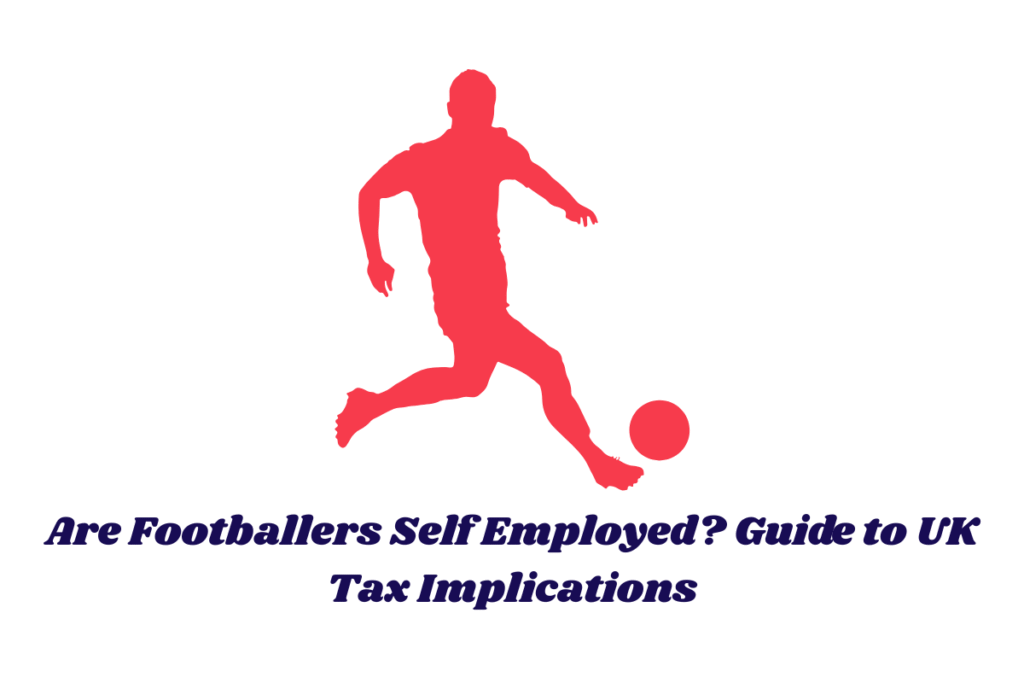Entrepreneur’s Relief, officially known as Business Asset Disposal Relief (BADR), is a valuable tax benefit in the UK that reduces the Capital Gains Tax (CGT) payable when you sell all or part of your business. Many business owners, especially directors and shareholders of limited companies, rely on this relief to minimise the tax bill when exiting their business.
In the 2025 tax year, Business Asset Disposal Relief still allows you to pay a reduced Capital Gains Tax rate of 10% on qualifying gains, up to a £1 million lifetime limit. This favourable tax treatment can lead to significant savings when compared to the standard CGT rates of 18% or 24% on property, or up to 20% on other chargeable gains.
Summary
“Entrepreneur’s Relief, now called Business Asset Disposal Relief, reduces Capital Gains Tax to 10% on qualifying business sales, subject to a £1 million lifetime limit.”
Why is it Called Entrepreneur’s Relief?
Originally introduced in 2008, the term Entrepreneur’s Relief was widely used in the UK business community. However, since April 2020, HMRC officially renamed it to Business Asset Disposal Relief. Despite this, many people still search online using the old name, so the term “Entrepreneur’s Relief” remains relevant in conversation and SEO.
Summary
“Although officially renamed, many still refer to Business Asset Disposal Relief as Entrepreneur’s Relief in the UK.”
Who Can Claim Entrepreneur’s Relief in 2025?
To claim Entrepreneur’s Relief (Business Asset Disposal Relief) in 2025, you need to meet specific HMRC qualifying conditions. These ensure that only genuine business owners and investors benefit from the reduced tax rate.
Here are the current eligibility criteria:
1. Shareholders in Limited Companies
If you own at least 5% of the ordinary share capital of a company, you may be eligible for Entrepreneur’s Relief. You must also have:
- 5% of the voting rights
- 5% entitlement to distributable profits
- 5% of the net assets on winding up
Additionally, you must be a director or employee of the company for at least 24 months before the sale.
Summary
“Company shareholders must hold at least 5% of shares, voting rights, and profit entitlements to qualify for Entrepreneur’s Relief.”
You can read more articles on different taxes in the UK:
PIP Rates 2025: Guide to PIP Rates in the UK
What is P800 Refund? How to Claim P800 Refund
What is Withholding Tax? Guide for UK Taxpayers
How to Pay Council Tax Online?
How to Setup Personal Tax Account with HMRC?
How to Register as Self Employed: A Complete Guide for 2025
What is Government Gateway ID? Where to find it?
2. Sole Traders and Partnerships
If you operate as a sole trader or in a business partnership, you can claim Entrepreneur’s Relief when you dispose of all or part of your business, including associated assets like premises, machinery, or goodwill, as long as you meet the qualifying conditions.
Summary
“Sole traders and partners can also claim Entrepreneur’s Relief when selling all or part of their business.”
3. Company Ceasing to Trade
If your company has stopped trading, you may still claim Entrepreneur’s Relief, provided:
- The company traded in the 24 months before ceasing operations.
- The business assets are disposed of within 3 years of ceasing trade.
- You meet all the other ownership and employment conditions during the qualifying period.
Summary
“You can still claim Entrepreneur’s Relief if your company ceases trading, provided conditions are met within three years.”
How Much Tax Will You Pay With Entrepreneur’s Relief?
Under Entrepreneur’s Relief (BADR), qualifying gains are taxed at 10% rather than the standard Capital Gains Tax rates. In the 2025/26 tax year, standard CGT rates are:
- 10% or 20% on most assets (depending on income tax band)
- 18% or 24% on residential property gains
By claiming Entrepreneur’s Relief, you can save up to 10% on CGT, which may amount to thousands of pounds depending on the size of your gain.
Summary
“Entrepreneur’s Relief lowers the CGT rate to 10%, providing significant tax savings compared to standard rates.”
Lifetime Limit of Entrepreneur’s Relief
As of 2025, the lifetime limit for Entrepreneur’s Relief is £1 million in qualifying gains. This means you can claim the 10% tax rate multiple times across different business disposals, but only until your total claims reach £1 million.
Once you exceed this limit, standard Capital Gains Tax rates apply.
Summary
“The lifetime limit for Entrepreneur’s Relief is £1 million in gains, after which standard CGT rates apply.”
Deadlines for Claiming Entrepreneur’s Relief
You must claim Entrepreneur’s Relief by the first anniversary of the 31st January following the end of the tax year in which the disposal took place. Here are the deadlines for recent tax years:
| Tax Year Ended | Deadline to Claim |
| 5th April 2025 | 31st January 2027 |
| 5th April 2024 | 31st January 2026 |
| 5th April 2023 | 31st January 2025 |
Summary
“Entrepreneur’s Relief claims must be made by the first anniversary of 31st January after the tax year of disposal.”
How to Claim Entrepreneur’s Relief in the UK
Claiming Entrepreneur’s Relief is usually done via your Self Assessment Tax Return. You will need to complete the Capital Gains Summary (SA108) and indicate that you’re claiming Business Asset Disposal Relief.
Alternatively, you can send a written claim to HMRC. If you choose this route, include:
- Your full name and National Insurance number
- Details of the qualifying business disposal
- Confirmation of eligibility criteria met
- The total amount of relief being claimed
For detailed guidance, visit HMRC’s official resource:
Claiming Business Asset Disposal Relief – GOV.UK
Summary
“Entrepreneur’s Relief is claimed through the Self Assessment return or by writing directly to HMRC with relevant details.”
Documentation You’ll Need
When claiming Entrepreneur’s Relief, keep the following documents for HMRC records:
- Company shareholding records
- Employment or directorship confirmation
- Business trading history for the last 24 months
- Details of the asset disposal (sale agreements, valuations, etc.)
Summary
“Accurate documentation is essential when claiming Entrepreneur’s Relief to satisfy HMRC requirements.”
What if You Sell Other Business Assets?
Entrepreneur’s Relief also applies to the disposal of business assets, not just shares. If you’re selling property, plant, machinery, or goodwill linked to a business you are closing down, the same 10% CGT rate may apply under BADR.
The same ownership and trading conditions must be met, and the disposal must be part of a wider business exit, not just an isolated asset sale.
Summary
“Entrepreneur’s Relief can apply to the sale of business assets as long as they’re part of a complete or partial business disposal.”
Can You Lose Entrepreneur’s Relief?
Yes, there are scenarios where you could lose eligibility for Entrepreneur’s Relief:
- Dropping below the 5% ownership threshold
- Ceasing to be a director or employee before the qualifying period
- Failing to meet the trading status conditions
- Missing the claim deadline
It is advisable to consult an accountant before starting the business disposal process to ensure you meet all conditions.
Summary
“Entrepreneur’s Relief can be lost if you no longer meet ownership, employment, or trading conditions before disposal.”
HMRC Guidance on Entrepreneur’s Relief
For the most accurate and up-to-date information, consult the official HMRC page:
Business Asset Disposal Relief – GOV.UK
This government resource outlines all the rules, deadlines, and claim forms in detail, ensuring you stay compliant with UK tax laws.
Summary
“HMRC provides official guidance on Entrepreneur’s Relief at GOV.UK to help business owners understand the process.”
Final Thoughts: Is Entrepreneur’s Relief Right for You?
If you’re planning to sell your business or shares in 2025, understanding what is Entrepreneur’s Relief is crucial. It could save you thousands in tax, but careful planning is essential to avoid missing out.
Make sure you:
- Meet the ownership and employment conditions
- Keep accurate records and documentation
- Claim within the HMRC deadlines
Always consult with a qualified accountant or tax advisor before proceeding with a sale to ensure you benefit fully from this relief.
Summary
“Entrepreneur’s Relief remains one of the most valuable tax incentives for UK business owners exiting their business.”
The content provided on TaxCalculatorsUK, including our blog and articles, is for general informational purposes only and does not constitute financial, accounting, or legal advice.
You can also visit HMRC’s official website for more in-depth information about the topic.
